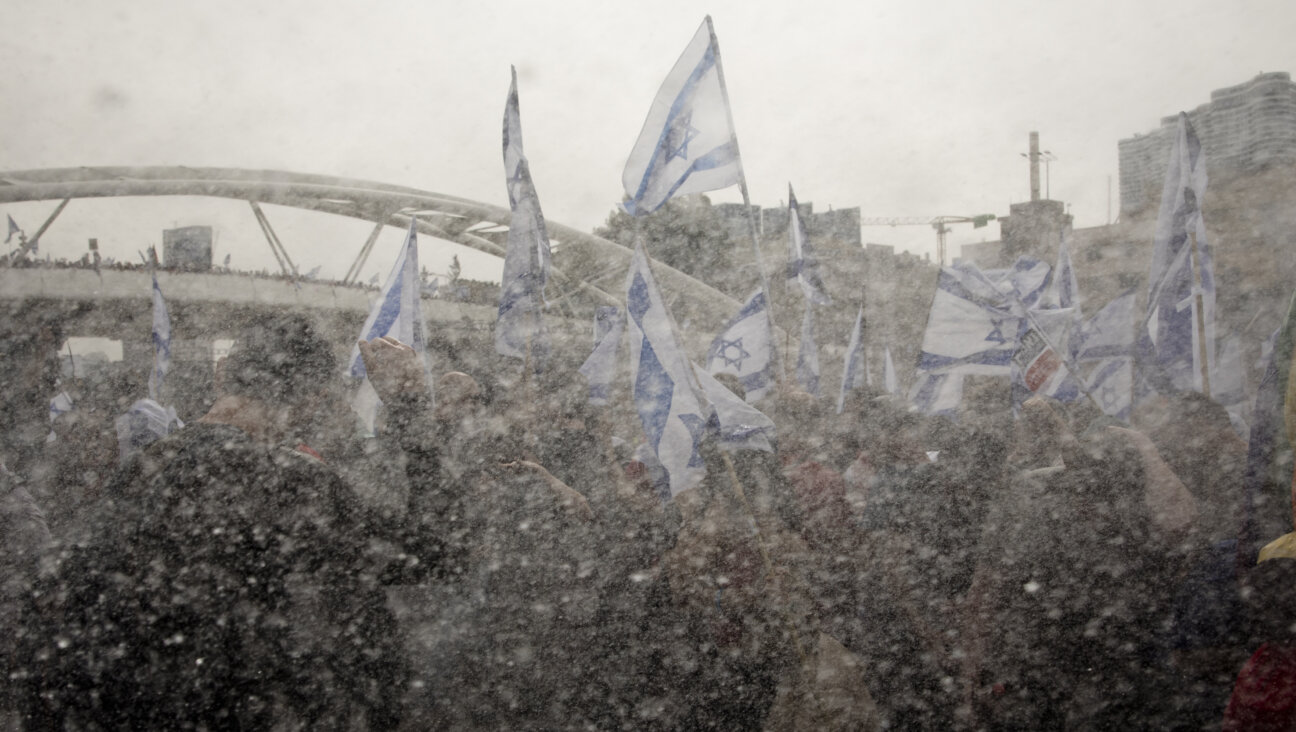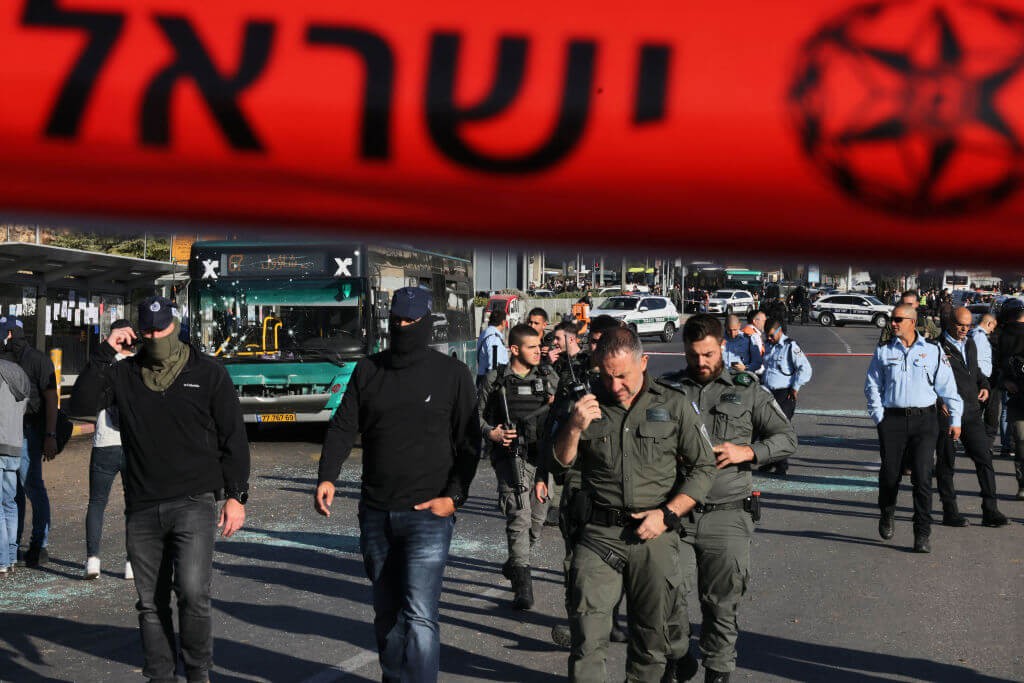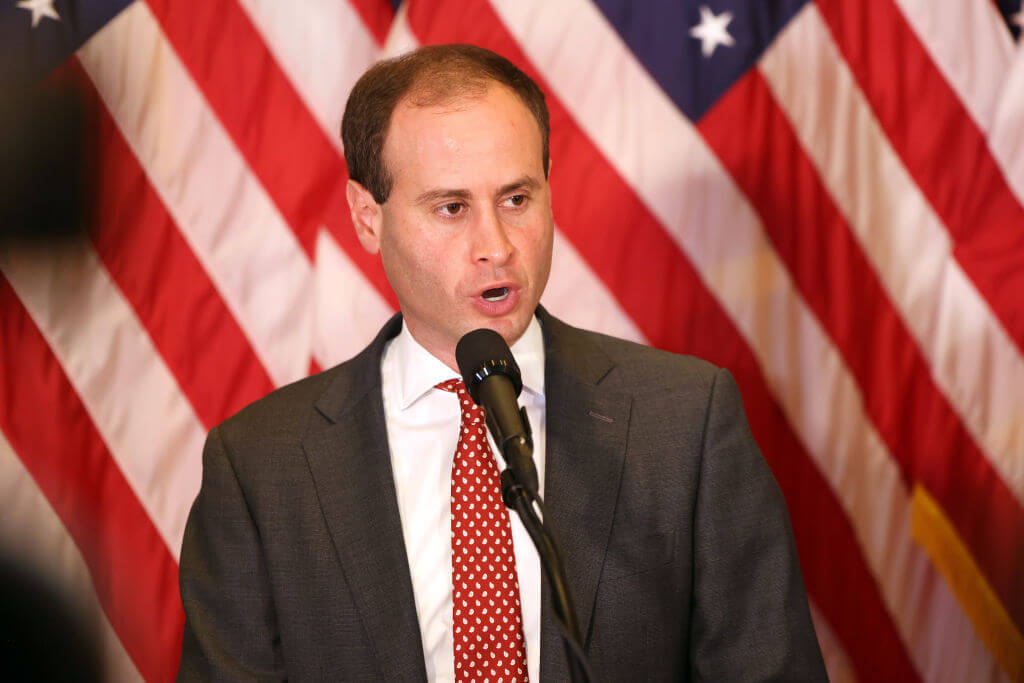Brainy Banter At 92nd Street Y Benefit
LIGHTS! CAMERA! LAUGHTER! AT 92ND ST Y’s BENEFIT
“She knows more about movies than I know about sex,” said petite psychiatrist Ruth Westheimer about film scholar Annette Insdorfat New York City’s 92nd Street Y’s “On Politics & Culture” lecture series benefit, held December 4 at Cipriani 23rd Street. Insdorf, director of Columbia University’s undergraduate film studies program, and CNN senior political analyst Jeff Greenfield were honored for their 25-year partnership with the Y for being “lead players in cultivating civic dialogue in our community.” Can’t vouch for the other tables in the room, whose designated hosts included screenwriter Andrew Bergman (“Blazing Saddles,” “The In-Laws,” “Soapdish”); entertainer Lesley Gore; journalists Peter Hamill, Calvin Trillin, Judy Licht and Leonard Lopate; ABC’s “The View” co-host Joy Behar; adman Jerry Della Femina, and Robert Jarvik, inventor of the first permanently implantable artificial heart, but at my table, hosted by journalist Michael Kramer, the conversation was brisk, literate and at times politically irreverent.
In contrast to her expository insights on film in such volumes as “Double Lives, Second Chances: The Cinema of Krzysztof Kieslowski”(Miramax Books, 1999) and seminal opus “Indelible Shadows: Film and the Holocaust” (Cambridge University Press, 2003 [third edition]), Insdorf’s acceptance speech was brief. Equally impromptu was Greenfield who joshed about the plaque — which he liked — as looking like “someone in gastric distress in a language, if I were born a Jew, I could read.”
Standing in as event host for film critic Joel Siegel — who was beaming and actively table-hopping that night — was National Public Radio correspondent Robert Krulwich, whose ode to the 92nd Street Y included a thought-provoking, laughter-eliciting, head-nodding-in-approval reaction. Krulwich mused: “You know… you can stand in the lobby on a busy night… there’s this stream of people coming in… and you’ve got the poetry people going to the left, and its the Sholom Aleichem Storytelling night in the library… and Steve Sondheim’s in the Kaufman [auditorium]… and 12 ways to build better abs in the second-floor auditorium. It’s such a smorgasbord of different enthusiasms…. And then there are the committed ones: the ones who love, maybe a bit too much, the Broadway musical, the First Amendment, the State of Israel, certain dance companies, certain poets… movie stars…. You see them in the audience, ardently staring at the guest… giving off vibes of “Yes! Yes! Yes!”… .I love you, Adlai Stevenson, I love you, Barak Obama, and everyone in between…. Well, not everybody. Usually it’s the Democrats…. Every night, every year, every decade at the 92nd Street Y lecture series, has a little magic.”
In addition to welcoming remarks by the Y’s executive director, Sol Adler, and its president, Frederick Mack, there was buzz and chatter among the guests, who included Insdorf’s husband, Mark Ethan, her mother, Cecile Insdorf, filmmaker Aviva Kempner, psychologist Eva Fogelman, and psychiatrist and “Today” show contributor Gail Saltz.
HEROIC CHRISTIANS HONORED AT JEWISH FOUNDATION FOR THE RIGHTEOUS DINNER
“As a teacher of theology and a post-Second Vatican Council Catholic, I feel that Holocaust education should not be an option in Catholic schools,” said Glenda McFadden, chairperson of the theology department of Nashua Catholic Regional High School in Nashua, N.H. She was the recipient of the Robert I. Goldman Award for excellence in Holocaust education at the recent (November 28, 2006) Jewish Foundation for the Righteous dinner, held at The Waldorf-Astoria. “My… students learn of the anti-Judaism… perpetuated by the Catholic Church… are taught to face the past actions of their church during the Holocaust… learn from those actions, and move forward with the spirit of Nostra Aetate, a document that revolutionized the Catholic Church’s approach to Jews and Judaism after centuries of pain and sorrow.”
The evening’s highlight was the reunion of Giedrute Ramanauskiene and Leah Ingel, whom Ramanauskiene’s family had hidden and saved in Lithuania. It was the first reunion of the two women since they last saw each other in 1945. The embrace of petite Lithuanian Ramanauskiene and 84-year-old and strikingly beautiful Ingel was electrifying. With the help of a translator, Ramanauskiene said: “We could not stand by in silence as Germans were killing Jews [in Kovno]…. Our family did nothing heroic. We would do it again. [When they came to us] Lea and [her later husband] Samuel were strangers… [who] became friends for life.” Stanlee Stahl, foundation executive secretary, stressed: “[Her family] did not do it for money. They did not do it for recognition….We must remember Christian rescuers who risked their lives to save Jews…. Gertrude… your deed of 60 years ago reminds us of the potential of neighborliness [between] Jews and Christians. What would have been had there been fewer bystanders?”
Foundation founder Harvey Schulweis touted the organization’s imperative to honor and aid the remaining righteous Christians who had put their own lives and those of their families’ at risk to hide and rescue Jews. During the past 19 years, the foundation has distributed $15 million to aged Christian rescuers to the end of their lives and currently supports 1,350 needy rescuers in 28 countries.
After honorees Carole and Barry Kaye accepted the Recognition of Goodness Award, Barry Kaye, a leader in the life insurance field, floated his plan to “personally raise 1 billion… in the next four years for charities all over the country. You have to will it to make it happen!” He then added, “And, in honor of all of you who contributed, [we] have underwritten the entire event, so there is no expense and every dollar you gave tonight will go directly to the foundation.”
The philanthropic Carole-Barry Kaye partnership embraces endowments for charities that include the Jewish Federation and the Florida Atlantic University College of Business (home of the Barry Kaye School of Finance, Insurance and Economics), and the Barry Kaye Institute of Insurance in Philanthropy, as well as a range of performing arts charities, Jewish causes and Hebrew Union College – Jewish Institute of Religion. The Kayes also have established the Carole & Barry Kaye Museum of Miniatures, the world’s largest museum of this sort, with miniatures designed and curated by Mrs. Kaye. Her credentials include past president of the Beverly Hills Hadassah and board member of Israel Bonds. As the ballroom lights were dimmed, the 650 black-tie guests raised lighted candles in the dark, and in unison recited Kaddish for Jews and for the Christians who died rescuing Jews.
Events like this have special resonance for me. In 1940, my mother and I were fleeing Nazi-occupied Poland in an attempt to reach her hometown, Byten — part of prewar Poland but then under Soviet rule as a result of the 1939 Hitler-Stalin Pact. When we finally reached the German-Russian border, the German guards raised the barrier, allowing us, along with hundreds of other Jewish refugees, to pass. As we approached the tree line demarcating the Soviet side, soldiers on horseback, bandoliers of bullets crisscrossing their gray coats and bayonets pointing at us, ordered everyone back “or we shoot!” As the Germans blocked re-entry, they taunted us: “Go back to your Bolshevik friends.” Men, women and children were trapped on this no-man’s land in a bitter Polish-Russian winter without shelter, without food. After a few days, many began to die from hunger, illness, exposure.
I had the mumps, was running a fever and wore a coat my mother made from a rug. Though wary of Russian patrols, my mother was propelled by hunger and by a fear of being shot to start walking along tree line separating the Germans and the Russians. Suddenly, out of the forest came a horse-drawn, hay-covered cart led by a peasant woman whose fields were now on the Russian side though her hut was on the German-occupied side of the new border. Moved by my mother’s pleas, the woman took pity on us, hid us under the hay and got us past the German guards to her hut, where she hid us in her potato cellar. Despite being terrified that her neighbors might discover that she was harboring us, she fed us and made us comfortable and did not rush us to leave before we were ready. My mother left Warsaw carrying needles, thread, salt and matches to trade with the peasants for food en route. Her only valuables — a watch and her gold wedding ring (which I now wear) — were all she had to offer our rescuer. The Catholic peasant woman adamantly refused, saying, “It’s my Christian duty.” Several days later, at dawn, her son led us past the German patrols and left us at the edge of the forest, where — and that’s another story — my Russian name, Masha, saved us from being shot by a 17-year-old Soviet soldier. I recently found the location of our crossing point among my mother’s memoirs, but I have no idea who that peasant woman was. She is among the nameless righteous who unfortunately cannot be honored by the foundation or by Yad Vashem.
A message from our CEO & publisher Rachel Fishman Feddersen

I hope you appreciated this article. Before you go, I’d like to ask you to please support the Forward’s award-winning, nonprofit journalism during this critical time.
At a time when other newsrooms are closing or cutting back, the Forward has removed its paywall and invested additional resources to report on the ground from Israel and around the U.S. on the impact of the war, rising antisemitism and polarized discourse.
Readers like you make it all possible. Support our work by becoming a Forward Member and connect with our journalism and your community.
— Rachel Fishman Feddersen, Publisher and CEO























